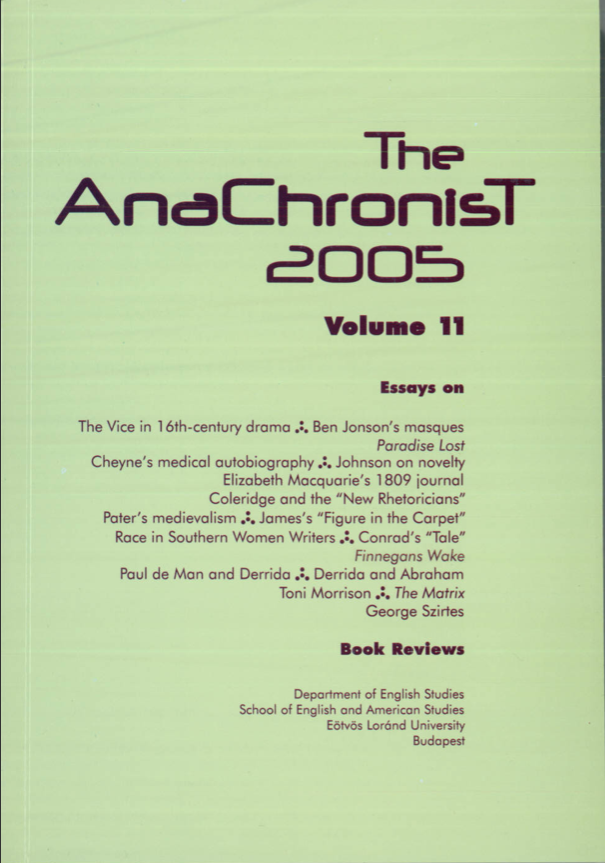Getting at 'The Figure in the Carpet'
DOI:
https://doi.org/10.53720/PBHD9716Abstract
According to Wolfgang Iser, "The Figure in the Carpet" by Henry James is concerned with questions of the nature of literary meaning. In Iser's paradigmatic interpretation James's story juxtaposes two radically different conceptions of meaning: according to one, meaning is something to be found in the text itself and the critic's job is precisely to "dig up" that meaning. According to the other, meaning is only structured, but not contained, by the text: meaning comes into being in the very process of reading, as reader and text interact with each other. Iser thinks it is this second view of literary meaning James subscribes to. As opposed to Iser, I place the interpretation of James's story in the context of Romanticism. In this reading, it is not two different conceptions of meaning that James juxtaposes, but two different modes of reading. One, exemplified by the narrator of the story, is superficial, journalistic, and platitudinous; the other, represented by Corvick and Gwendolyn, is passionate and profound and reflects James's own Romantic theory of reading. I also analyze a number of different theoretical texts by James, thus attempting to work out a more convincing hermeneutic fore-structure for interpreting the story than that of Iser's.

